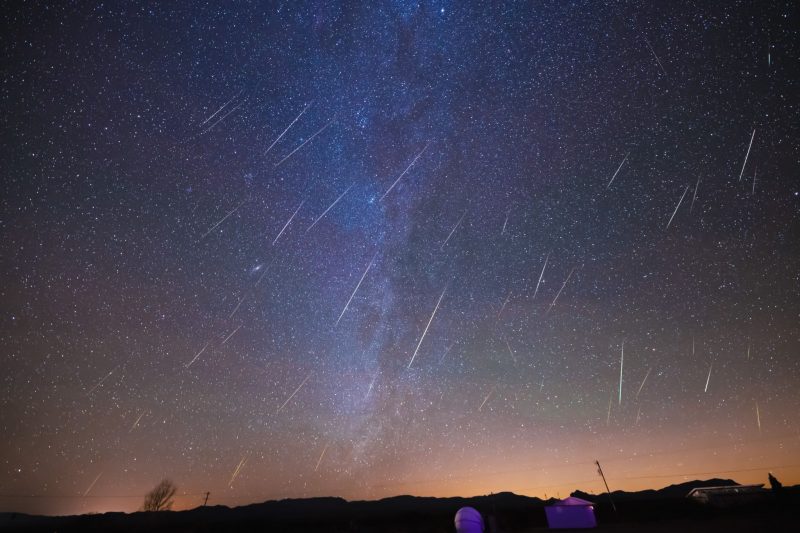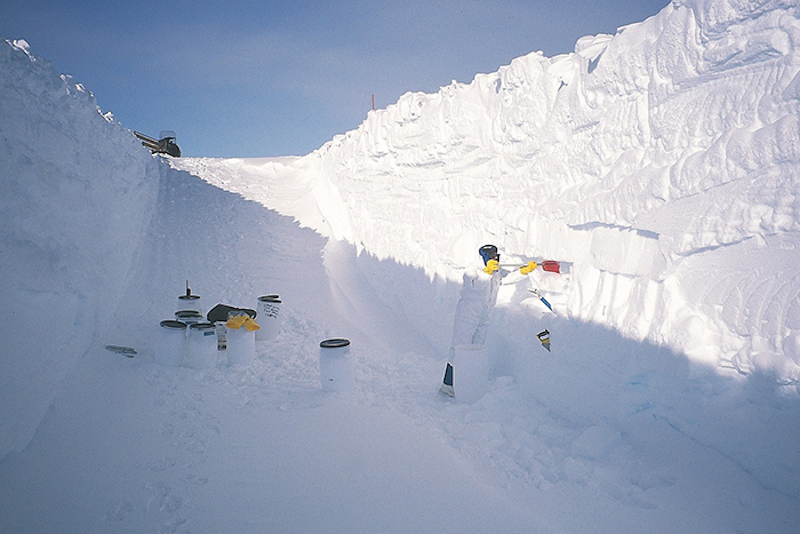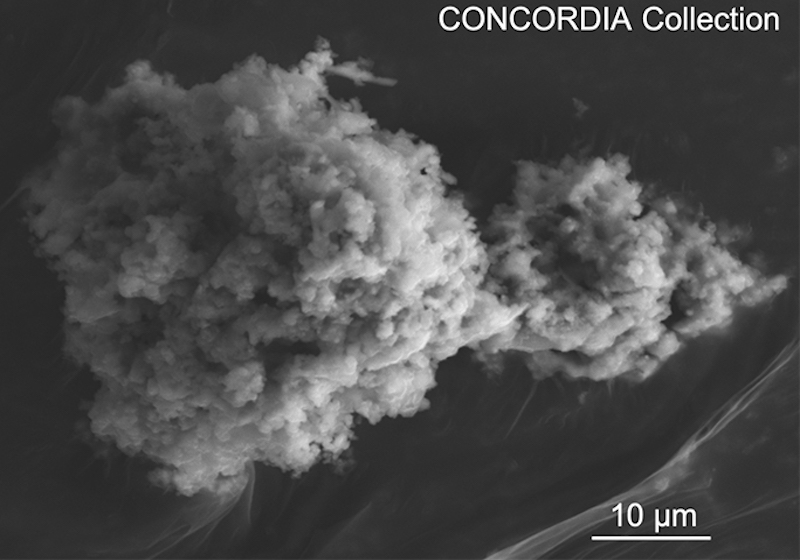
According to a new paper, over 5,000 tons of space dust fall on Earth every year. The study, published April 15, 2021, in the peer-reviewed journal Earth and Planetary Science Letters, is the result of a 20-year collection of extraterrestrial particles performed near the Concordia Research Station in Antarctica by an international team of researchers.
Dust shed from comets and asteroids constantly rains down on our planet. When these tiny bits of dust and rock pass through our atmosphere, they usually burn up, and the short-lived trail of light made by the burning debris is called a meteor.
If the meteor does not burn up completely, the remaining portion hits the Earth and is then called a meteorite. A special kind of tiny meteorites are known as micrometeorites: particles of a few tenths to hundredths of a millimeter in size.
Micrometeorites have always fallen on our planet. The goal of the new research was to determine how much of this interplanetary dust reaches Earth’s surface each year.
To collect and analyze micrometeorites, researchers undertook six expeditions over the past two decades, near the Franco-Italian station Concordia, on Antarctica’s Dome C, one of several summits or “domes” of the Antarctic Ice Sheet. Dome C is located in the heart of Antarctica, about 680 miles (1,100 km) inland. Dome C is an ideal place to collect micrometeorites, the researchers said, because of the low accumulation of snow and the virtual absence of ground dust.

Study co-author Jean Duprat is a cosmochemist at the French National Centre for Scientific Research (CNRS). Duprat told Popular Science:
Central Antarctica is a desert. So it’s totally isolated.
These six separate expeditions made it possible to collect enough extraterrestrial particles, with sizes between 30 and 200 micrometers, to measure their flux – the mass added to the Earth – per year.
According to a statement from the researchers:
By applying these results to the whole of our planet, the total annual influx of micrometeorites represents 5,200 tons per year. This is the main source of extraterrestrial matter on our planet, far ahead of that of larger objects such as meteorites, whose flux is less than ten tons per year.
Comparison of the flux of micrometeorites with theoretical predictions confirms that a majority most likely come from comets (80%) and the rest from asteroids.


Bottom line: A study, based on 20 years of collecting extraterrestrial particles in Antarctica, has concluded that more than 5,000 tons of space dust fall to Earth each year.











